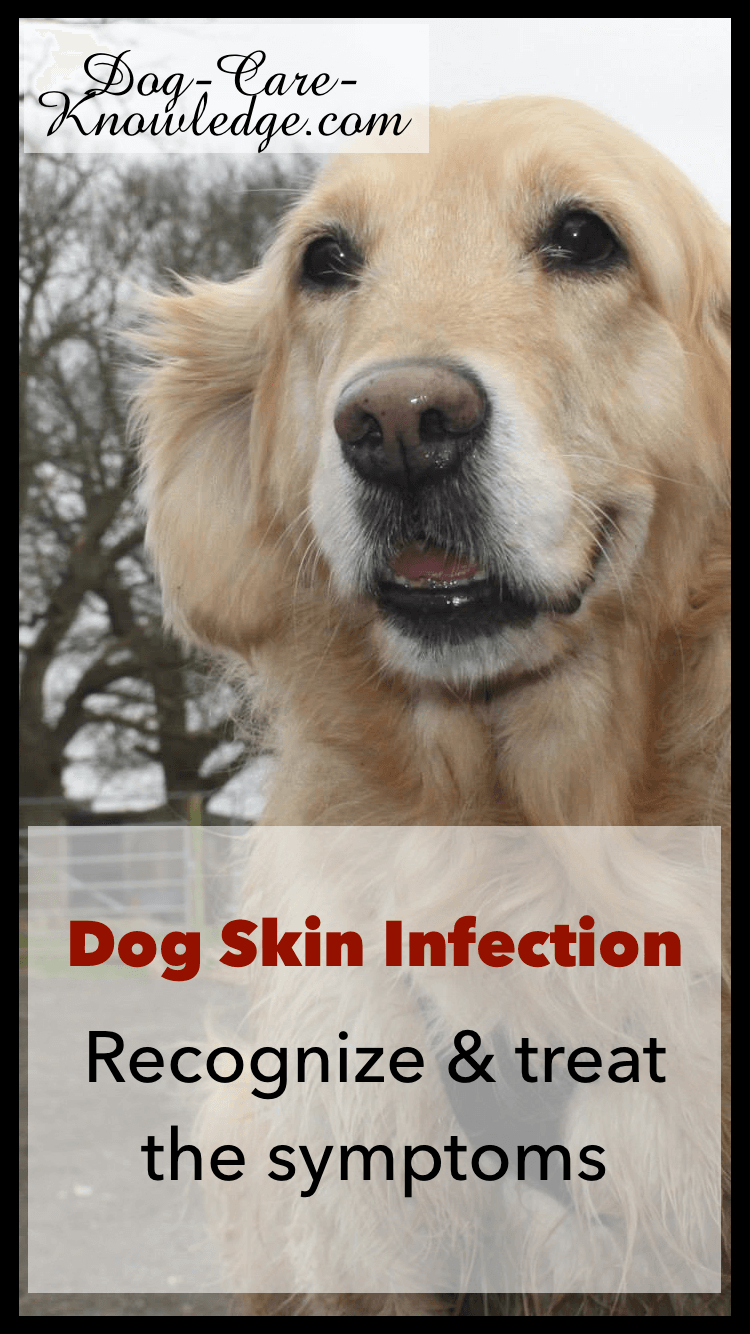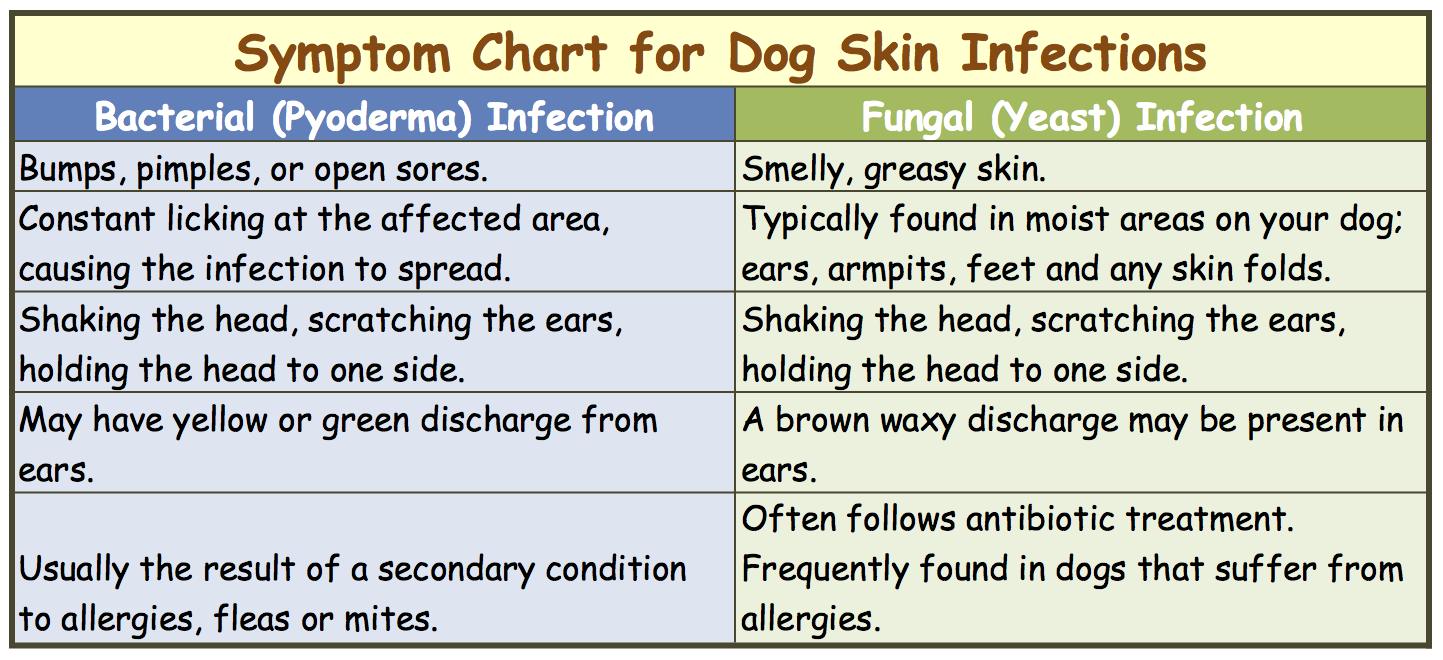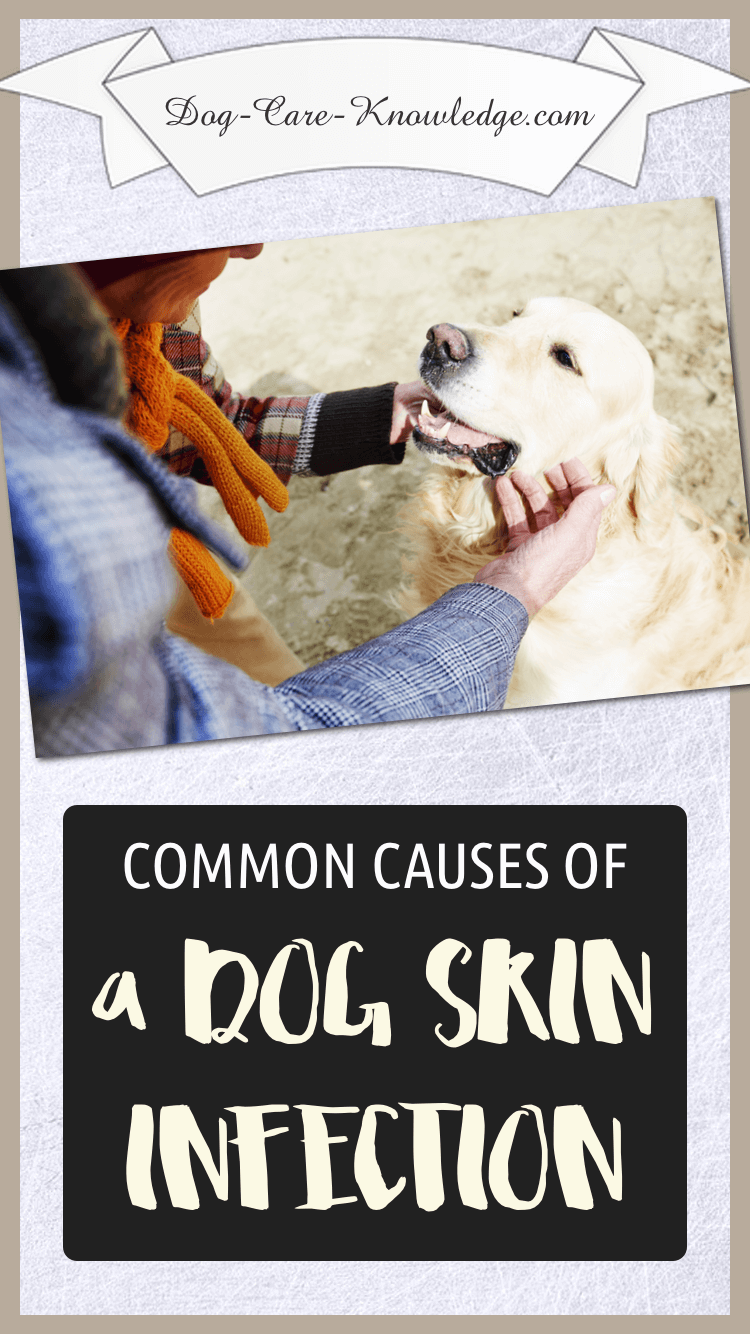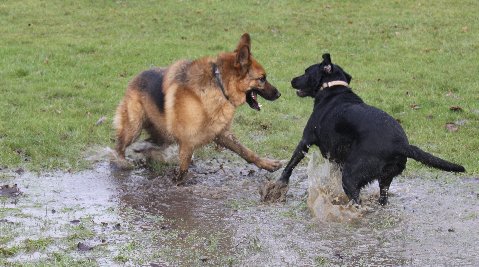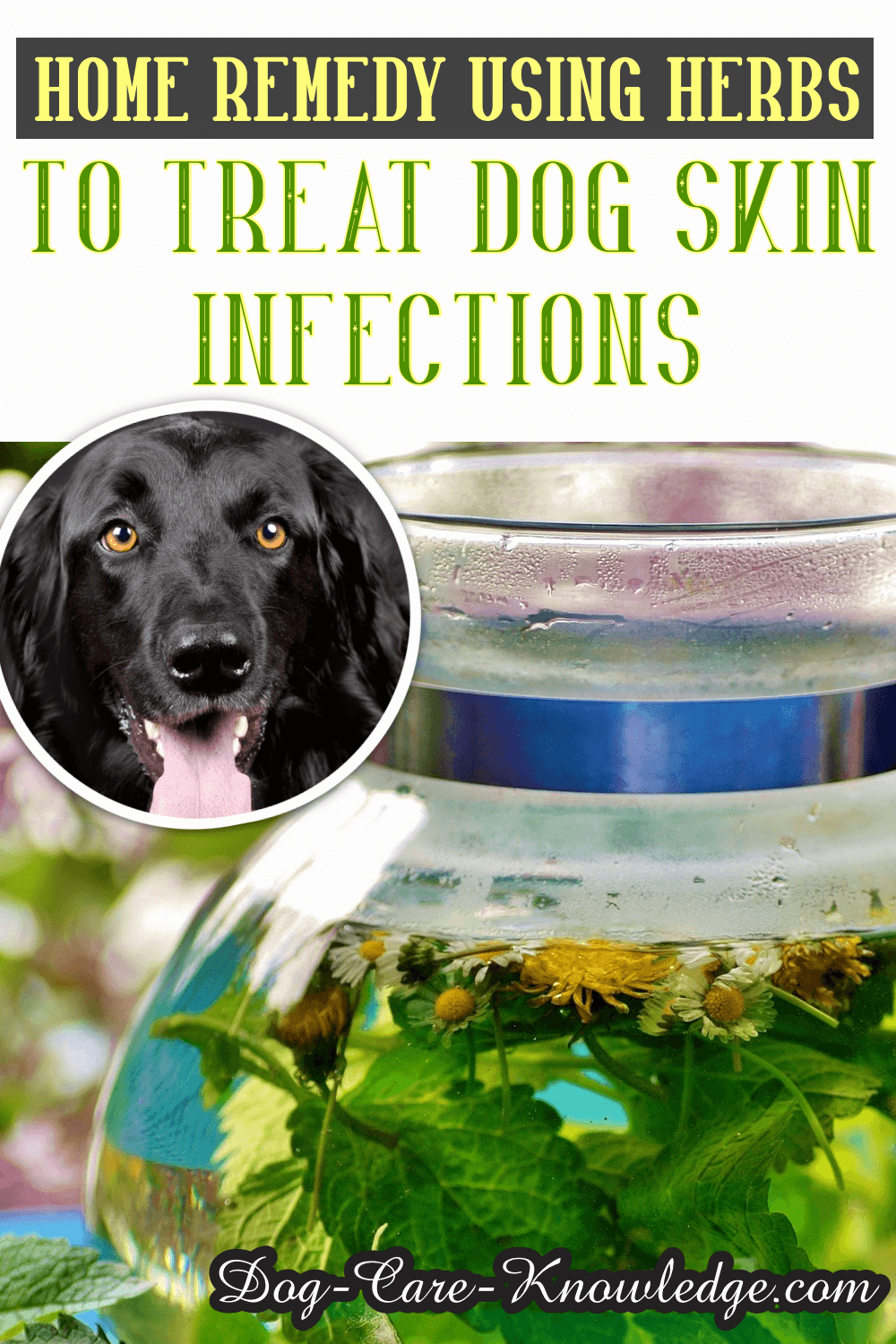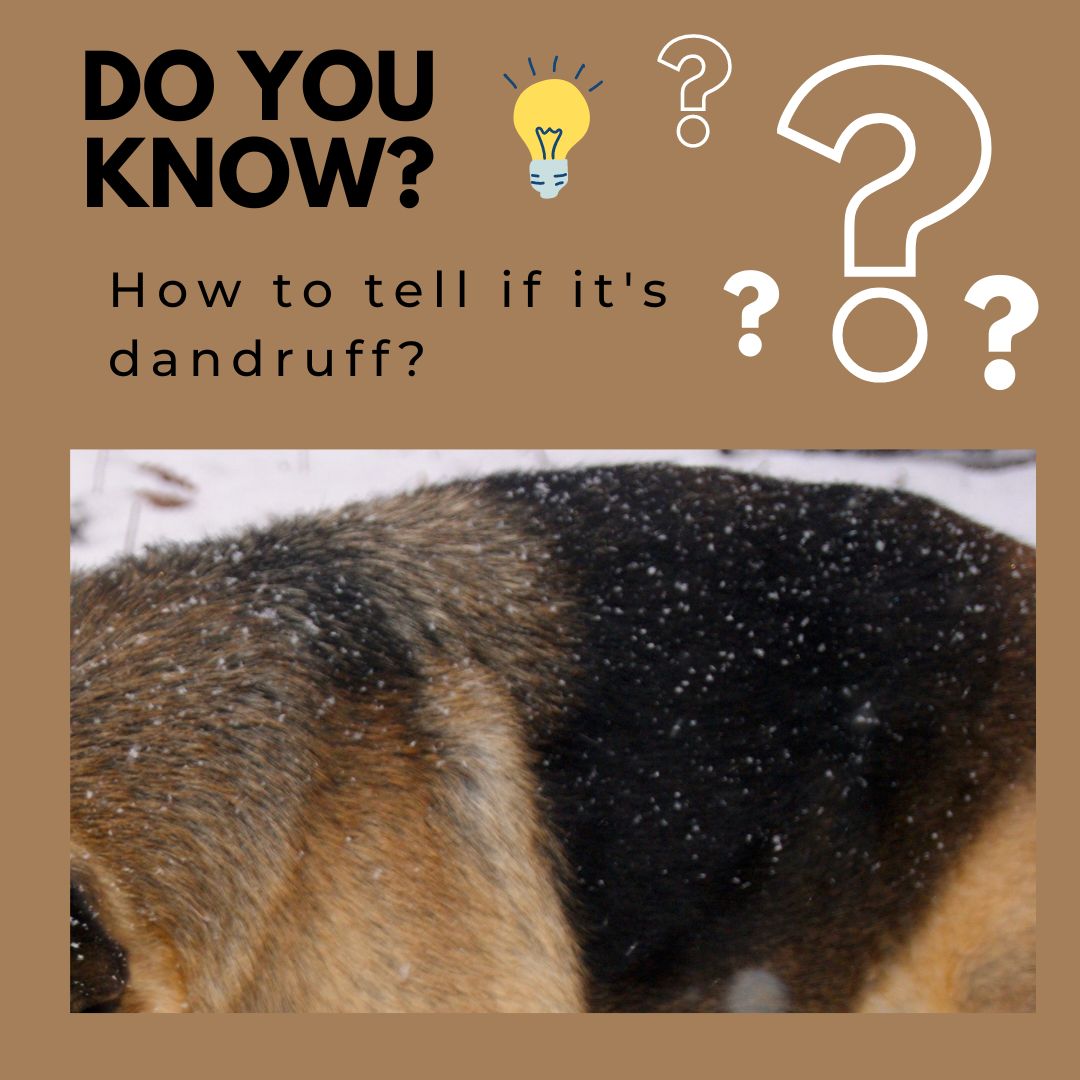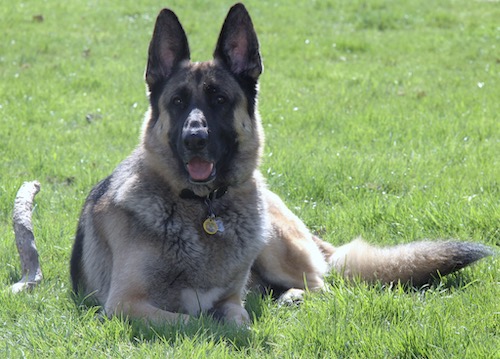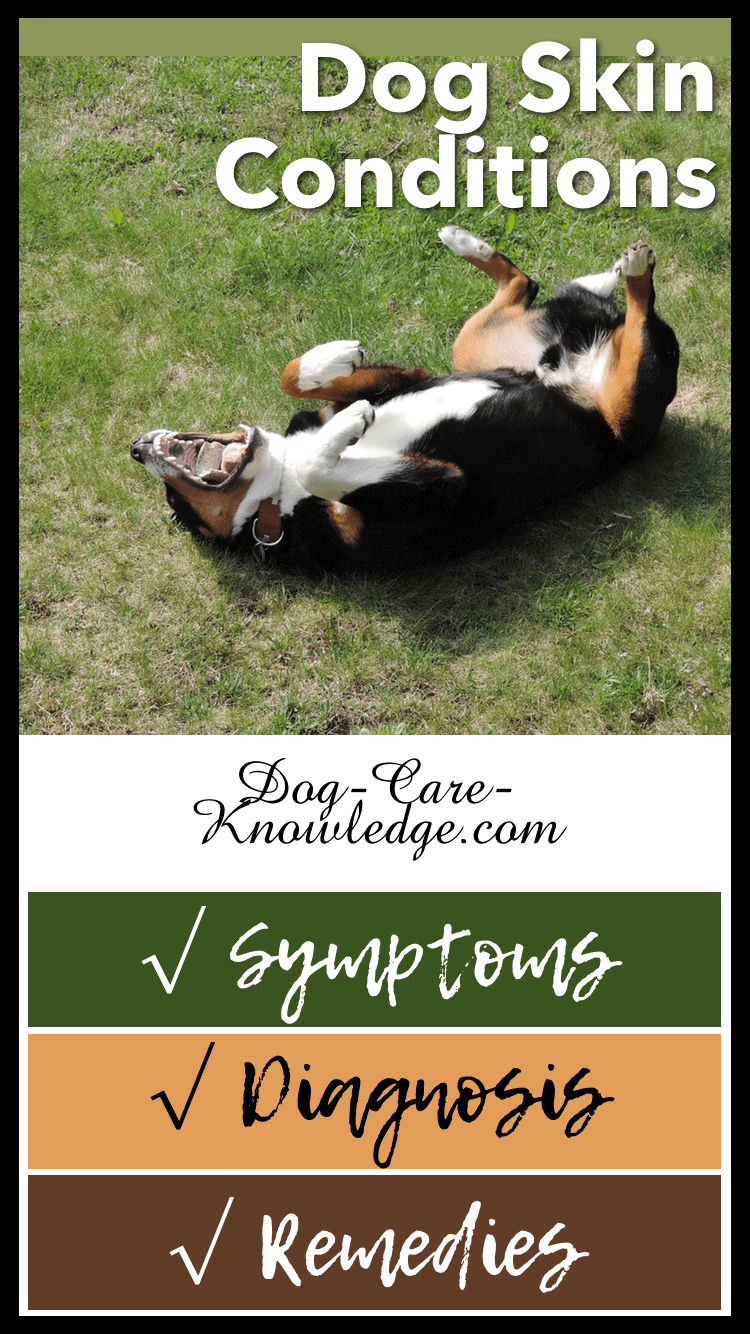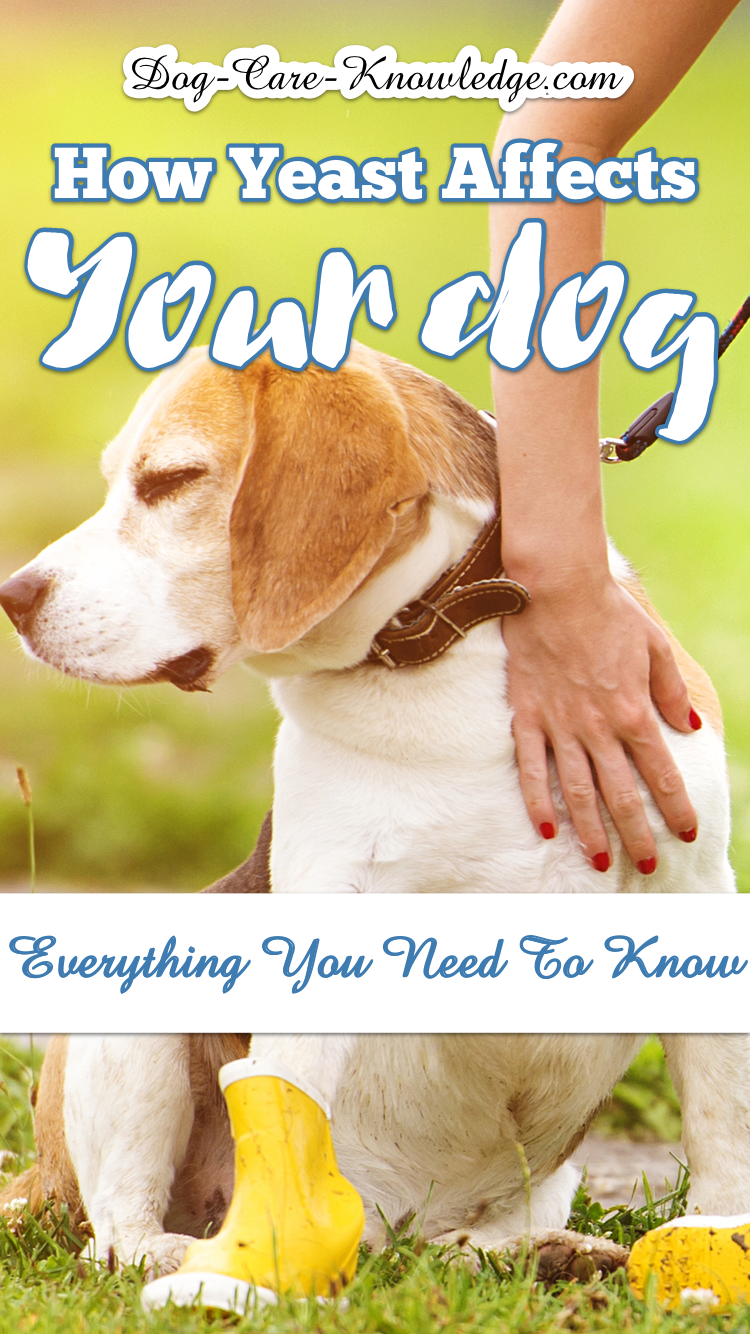- Home
- Skin Conditions
- Dog Skin Infection
Dog Skin Infection
Recognize and
Treat The Symptoms
A dog skin infection can either be bacterial or yeast related. Yeast infections are prevalent in warmer weather so are often misdiagnosed as allergies.
If your dog is bothered by itchy ears and paws and is scooting across your floors, then you're likely dealing with yeast. See here for more on how to treat yeast infections in dogs.
On the other hand, bacterial infections, also known as Pyoderma, are often secondary infections to allergies as they frequently occur when your dog breaks the skin from lots of scratching. They're also easier to treat and respond well to natural remedies.
But, of course, you need to know which one you're dealing with to start the right treatment plan. Take a few minutes to review the symptoms chart to get a clearer idea of what type of skin infection your dog may be suffering from.
You may be wondering how on earth your best pal contracted a skin infection, but it's not that uncommon for them. Especially if they fall into one of the most common categories below:
Common Causes of A Dog Skin Infection
You may be wondering how on earth your best pal contracted a skin infection, but it's not that uncommon for them. Especially if they fall into one of the most common categories below:
 |
The most common causes for a dog skin infection are:
|
Skin infections in dogs are not solely restricted to these causes though, any dog can get one, so learning about the different types, causes, symptoms, and treatment, is always good to know.
You can usually tell which type of infection your dog is suffering from based on the visual symptoms (see above chart). This is, however, more difficult when the infected area is the ears as the visible signs are the same - shaking the head, scratching the ears, holding the head to one side, etc.
Having said that, if itchy ears are accompanied by lots of biting and licking of the paws, then a yeast infection is more likely the cause.
If your fur-baby is suffering from ear infections, she really will be suffering, it's painful. That's why ear infections should always be checked by your veterinarian, who can give quick relief.
You can find more information on Dog Ear Problems.
For skin infections in dogs, your veterinarian will be able to determine the type of infection by taking a swab and analyzing this under a microscope. Once you know the kind, you can treat it accordingly.
Bacterial Infections
Bacterial infections are frequently a secondary condition to allergies caused by the dog itching and continually scratching. The more the dog scratches with allergies, the more chance there is of him breaking the skin, which can lead to a dog skin infection.
You can get a better idea of how allergies can affect canines by clicking on the relevant links below:
A skin infection that results in an angry red sore that spreads quickly is best treated as a hot spot. You can find more information on how to treat hot spots in dogs here.
If you have a dog that loves to play in muddy puddles or just enjoys swimming, then you may be no stranger to skin infections. Dogs that spend a lot of time being damp and dirty are pretty good candidates for bacterial or fungal skin infections.
Treatment for a Bacterial Infection
First, bathe your dog with a good quality medicated shampoo that contains an antibacterial agent. Look for one that has antibacterial, antiseptic, and antifungal properties that treats skin irritations in dogs.
Baths should be given twice a week for the first 2 weeks, then scale down to once a week for a month and finally just once a month.
Antibiotics and/or ear-drops may be prescribed by your veterinarian for a bacterial skin infection. But be warned, if you just treat the infection with antibiotics alone, and don't determine the root cause, it may come back time and time again.
Herbal Remedy for Bacterial Skin Infections in Dogs
For a skin infection that's NOT deep-rooted i.e. a superficial scrape, cut, or abrasion, natural remedies work well.
While studying natural remedies for dogs, I made careful notes of some holistic treatments recommended by Dr. Randy Kidd that you can try. See below:
Choose one or more of the following herbs and brew into a tea:
Calendula (Calendula officinalis) has antibacterial, antifungal, antiviral, and anti-inflammatory properties. It's an excellent herb to choose as it also speeds up healing and encourages tissues growth. Calendula contains salicylic acid as a pain-relieving agent also found in Asprin.
Aloe (Aloe vera) the fresh juice of aloe is especially useful for wounds and burns including sunburn. Take the leaf of a raw aloe plant and squeeze the juice directly onto the wound.
Chamomile (Anthemis nobilis and Matricaria recutita) Chamomile speeds wound healing and work particularly well for inflamed cuts. It can also calm a dog's anxiety when applied topically.
Lavender (Lavandula spp.) aids in healing while easing aches and pains.
Mullein promotes healing and soothes inflamed areas.
Plantain (Plantago spp.) The leaf acts as a drawing agent when used as a poultice. Suitable for removing foreign bodies that may be deep in wounds.
St-John's-wort eases pain, speed healing of wounds, especially good with bruises, and mild burns.
Yarrow - Stops bleeding from oozing wounds and is an excellent healing herb.
Making the Tea
Ingredients:
Choose any of the above herbs:
- 8 tablespoons fresh herb or 4 teaspoons freshly dried bulk herb or 2 herbal tea bags
- 1 quart boiling water
Instructions:
- Simmer or steep herbs for 10 - 20 minutes.
- Strain out the herb material and allow the liquid to cool
- Pour into spritzing bottle and chill in the refrigerator
To use:
Spritz directly onto the affected area several (3-5) times a day. The tea will keep for a few days in the refrigerator.
When To Seek Help
Keep your eye on a bacterial infection as occasionally it can become deep-rooted. In this case, you'll likely see oozing sores, hair loss, and even abscesses, which can all become extremely painful for your dog and a trip to your vets will be necessary.
Fungal/Yeast Infections
Have you noticed a pungent "yeasty" smell coming from your dog?..... Even after bathing her? If this is the case, then you are most likely dealing with a yeast (fungal) infection.
Moisture contributes significantly to fungal infections and dogs with floppy ears or folds of skin are more prone. Particularly in the warmer months. See here for more details on treating yeast infections in dogs.
Yeast Infection Treatment
Weekly baths with an antifungal shampoo. A gentle rinse will also help, especially in stopping the skin from drying out.
Your vet may prescribe medicated anti-fungal drops if your dogs' ears are affected.
An important note here, even If your dog's skin infection seems to ONLY affect her ears, you will still have to bathe with an antifungal shampoo. Otherwise, the problem usually comes right back as soon as the ear drops stop.
See here for the full protocol for treating yeast infections in dogs.
Natural Approach
If a natural approach interests you, then I would urge you to read the book "Heal Your Dog Naturally" by Sara Rooney a Canine Naturopath, Research Scientist, and Zoologist.
In her book, Sara describes how skin infections in dogs can be treated naturally and prevented from recurring. By purchasing this book, you'll also get a free bonus book just on treating canine skin conditions naturally.
Sara also claims you can forever resolve skin issues in dogs and save hundreds of dollars in vet visits. Her solutions are clinically-proven, safe, and effective ways to treat your dog naturally. If that's something you're interested in, then I would urge you to download her book and give it a try. If you're not happy, for whatever reason, she will give you a full refund, no questions asked. Oh, and if you do ask for a refund, you get to keep the 3 bonus books! Try her book here...Acne & Impetigo
Got a pimply puppy? No, I don't mean "spotty" like a Dalmatian - I mean a truly pimply puppy.
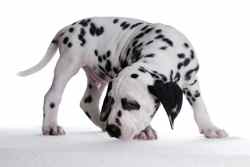
Well, if you do, your puppy maybe suffering from acne or impetigo.
That's right. Just like our youngsters, puppies can get acne and impetigo (Puppy Dermatitis).
Puppy dermatitis is a dog skin infection that targets puppies under one years old.
These are mild surface dog skin disorders with impetigo being present on the abdomen and groin area and acne showing on the face. Impetigo is characterized by pus-filled blisters on the affected areas and is usually the result of unsanitary conditions.
Acne is not the result of unsanitary conditions but can occur in any puppy. It usually appears on the lower lip and chin at about 3 months of age. It looks like purplish red spots and blackheads. These will frequently burst and drain pus.
Both impetigo and mild acne can be treated topically with bathing in a Benzoyl Peroxide shampoo (OxyDex or Pyoben) twice a week for a few weeks. A severe case of acne may require a trip to your vets who can prescribe an oral antibiotic to help clear this up. Acne usually clears up once the dog reaches sexual maturity.
As long as you stay consistent with the treatment, a dog skin infection is usually quite respondent to treatment and can heal fairly quickly.
